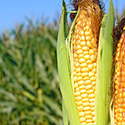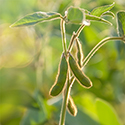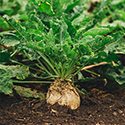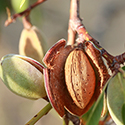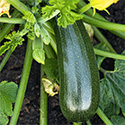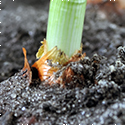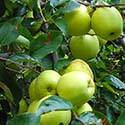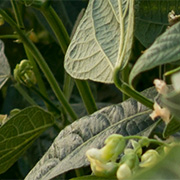Better Carrot Farming Strategies
- Carrots are members of the Umbellifer family. Other vegetables and herbs in this family include celery, parsnip, parsley, dill, caraway, anise, coriander and fennel.
- There are more than 100 species of carrots.
- Carrots are the second most popular type of vegetable after potatoes.
- Carrots are cool climate season crops
- Carrots are a major source of vitamin A in the diets of many cultures.
- Carrots contain the richest sources of beta-carotene, which helps improve eyesight, boost the immune system and promote healthy skin.
Growing carrots
- Carrots will develop good color when grown at 60 degrees Fahrenheit to 70 degrees Fahrenheit with daytime highs of 75 degrees Fahrenheit and nighttime lows of 55 degrees Fahrenheit. Temperatures that differ from these ideals can negatively impact root color, texture, flavor and shape.
- Carrot plants prefer soil with a pH of 6.0 to 7.0 for higher yielding.
- The carrot plant produces a rosette of 8 to 12 leaves above ground and a fleshy conical taproot below ground.
- The foliage of the plant can reach a height of 59 inches when in flower.
- Carrots need an ample supply of moisture from rainfall and/or irrigation throughout the growing season since they are not drought tolerant.
- The carrot plant produces small white, red or purple flowers.
- Consistent moisture helps keep carrots growing, reducing the chance of splitting from growth flushes.
- Carrots are grown from seed and can take up to 120 days to mature, but most cultivars mature within 70 to 80 days after sowing seeds in the right conditions. This is when the tops of the carrot roots are ¾ to 1-inch in diameter and likely start to pop out of the soil.
- Disease pressure increases as temperatures warm in late spring and summer.
- The average state yield for fresh market carrots is 8.8 tons or 350 50-pound bags of usable carrots per acre.
- Estimated gross value for fresh market carrot production is $10,600 per acre.
The market for carrots
Farmers harvested fresh market carrots from 69,700 acres in 2020. This produced a total yield of approximately 3.4 billion pounds, according to the USDA National Ag Statistics Service.
The U.S. typically produces about 1.3 million tons of carrots and turnips annually. Nearly 94% of American carrot production is grown in California, Washington, Texas, Colorado, Florida, Michigan and Wisconsin. California tops that list.
In 2018, the U.S. production value of carrots for fresh and processing markets amounted to approximately $733 million.
Carrot varieties produces in the U.S. are biennial in nature, requiring two full seasons from germination to seed production. But carrots are grown commercially as an annual for their large storage root produced during the first year.
Challenges growing carrots
While carrots aren’t difficult to grow, the soil condition can impact their ability to thrive. Deep, loose, sandy soil enables carrots to develop long, straight roots. Compact or rocky soils require planting carrots in raised beds. Firm beds (don’t freshly till them) before planting.
Space carrots 1.5 to 2 inches apart within rows that are 2.5 to 3.5 inches apart. Plant seeds no deeper than 1.4 to ½ inch deep. Windbreaks are essential in areas with sandy soils since wind can move sand particles that can damage young carrot plants.
Hot, sunny days can injure young carrot plants. Longer periods of hot weather can depress carrot yields; cause strong terpenoid flavors and bitter tastes; and result in short, blunt roots.
Disease pressure rises in hot, moist weather as well. Evenly moist soil is great for healthy carrot growth, but soggy soil that holds water promotes root and crown rot diseases. Choosing carrot cultivars resistant to these diseases can help.
Carrots can be left in the ground all winter long covered with a foot of mulch to insulate them. Farmers can overwinter and harvest them in spring or continuously harvest them throughout the winter. The additional time underground enable the carrot’s sugars to concentrate more, and the results are tasty, sweet vegetables.
Crop specific analytics
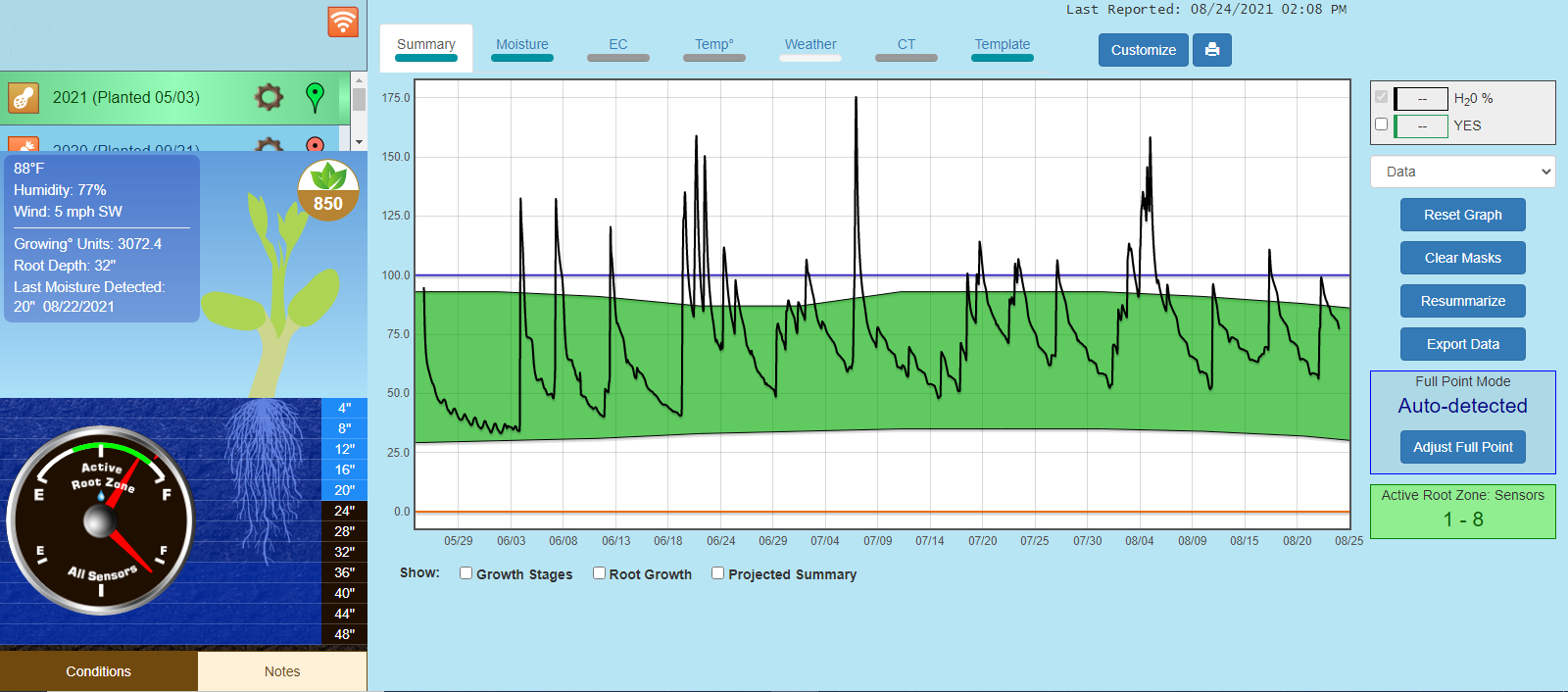
Contact AquaSpy
AquaSpy Crophesy for carrots
With a Crophesy annual subscription, you receive a free simple, three-sensor, wireless, soil moisture probe. Place these rugged, water-tight probes throughout your carrot field and connect them to the app via your smartphone.
Then you can instantly monitor soil and crop health for all of your carrots. And if you want to test the soil in other areas, you can quickly and easily move the moisture probe, which is battery-powered and provides season-long insight.
While you can look at the visual analysis of leaves, spending hours in your field, Crophesy enables you to open your app from anywhere and show you what kind of nourishment is available in your soil at your carrot crop root depth. With this data, you can determine when the active root zone needs vital nutrients.
In addition to nutrient data, the Crophesy app can show you:
- Moisture consumption at the root level
- Salinity level in the active root zone
- Root depth
- Soil temperature near the sensors
- Irrigation depth
And it tells you all this without you having to step foot in your carrot field.


